The exploratory nature of babies involves a lot of saliva-covered cuteness and mouthing is the best most straightforward technique to do this. Parents must always be aware of what their children put into their mouths as choking and all its hazards are an ever present and constant threat.
Mouthing as it’s referred to, isn’t a condition; it’s the natural state of things, it’s how your baby learns to get to know the world around them. As parents, our responsibility is to always keep a watchful eye on them at all times and provide for them to the best of our ability a safe and conducive learning environment.
Defined by the American Academy of Pediatrics (AAP) as the blockage or hindrance of respiration by a foreign-body obstruction in the internal airway, choking has been one of the leading causes of child morbidity and mortality especially for those under 3 years of age. At this stage of growth and even more so when they start teething, your infant is more likely to use her mouth as a tool for exploration and discovery as a National Geographic photographer would his DSLR.
There are 2 types of prevalent choking hazards; one is food, which accounts for more than 50% of all choking cases. It’s no surprise really since babies until the age of 2 years old are unable to properly digest solids and tend to swallow their food whole. Unlike the reticulated python of the Bornean jungle, babies have a relatively small, fragile esophagus and a less powerful digestive acid.
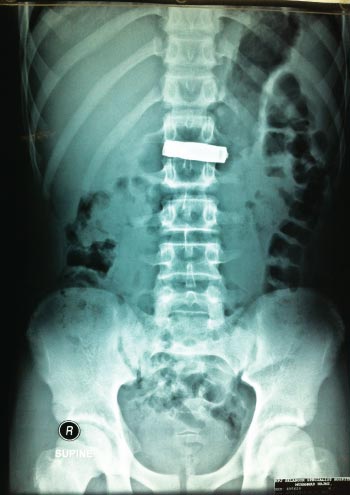
Other types of choking hazards are miscellaneous items such as small toys, balloons, buttons, coins, marbles, fridge magnets, basically as a rule-of-thumb, if it fits in your child’s hand, it’s best to keep those items away from her.
Studies have shown that babies aged 6-18 months of age spend around 30 minutes mouthing various types of objects, teething, sucking, and drooling on anything they can get their hands on. Even though the average mouthing time spent per day isn’t at all impressive if you compared it to the time babies allocate for sleeping, it’s the time of the day these 30 minutes are spread across that parents must be alert of.
Here are a few take home tips you can use that are winwin for both your toddler’s excessive mouthing tendencies and your peace of mind:
1. Childproof your house.
- Buy a childproof container and store all your belongings that you like to throw around such as keys, smart phones, coins and buttons in them. Keep the container far from reach (store more than 1.75 meters above floor level).
- Also remember that poisonous products such as detergents, bleach and other cleaning materials are to be kept out of reach. Remember to label them as well.
- Check under your couch and in between the cushions, tables and carpets for hazardous items and make sure to do this regularly.
- Wires and extended cables are to be neatly fastened on the wall, tied up and placed out of sight and reach. Close power outlets off with safety plugs or with safety covers that snap shut when the outlet is not in use.
- Sharp and hazardous objects in the living room drawers or kitchen cabinets should be kept under lock and key.
- Telephone cables are a constant strangulation threat, change to a wireless phone instead for a little while. Drapes and curtains can also pose the same threat – simply tie them high enough and out of reach.
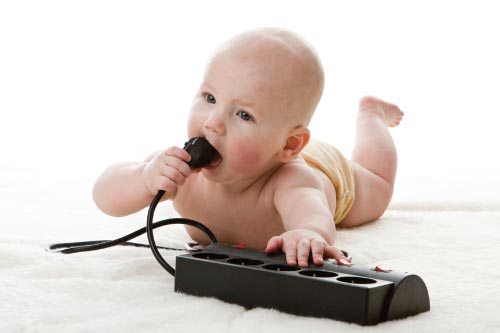
Item hazards for babies and young toddlers: Coins, buttons, toys with small parts, toys that can fit entirely in a child’s mouth, small balls, marbles, balloons, small hair bows, barrettes, rubber bands, pen or marker caps, small button-type batteries, refrigerator magnets, pieces of pet food.
2. Be picky.
- Usually toy manufacturers have labels on them that help you identify and indicate what sorts of toys are appropriate for your infant.
- Make sure the toys you buy are properly made and doesn’t fall off easily.
- Be aware of the mechanics of the toys you buy, probe the toys for small parts, detachable components and sharp edges.
- Smaller children need to be supervised during playtime. Also remember to store all toys in a container after playtime.
- Don’t let your older child share his/her toys with the baby as toys for older children may not be suitable for your baby. This goes without saying for food as well, sometimes siblings like to share or be involved in feeding the baby during mealtime. It’s a good way to teach responsibility, but make sure you explain to your older child about the do’s and don’ts and always supervise!
3. Always supervise.
- Child should sit up straight during mealtime, they should not be simultaneously eating while playing, running or walking, also avoid giving food while in the car.
- If you want to feed her solids, lightly chew the solids to a smaller portion prior to feeding your baby or cut it into bite-sized pieces no larger than ½ an inch.
- Cook harder foods like carrots or broccoli until they become soft and chewable. Avoid nuts, seeds or popcorn altogether, it’s not worth the risk.
- Hydrate your child often when eating but refrain from drinking while eating, offer a drink between mouthfuls instead.
- It’s important to wean your child off baby food to more solid-based foodstuff – this should be done gradually and safely.
- Until your child can properly chew or accept solids, it’s always best to tell everyone taking care of her what is acceptable and what isn’t.
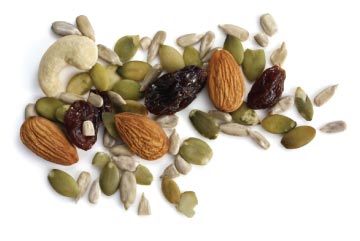
The AAP has listed these food items as choking hazards for children below 4 years old: hot dogs, hard candy, chewing gum, nuts and seeds, chunks of cheese, whole grapes, popcorn, and chunks of peanut butter, raw vegetables, and raisins.
Your child would most probably have mouthed a ton of things during these first few years and then some. But always remember that not everything is fun and games. Choking is a real threat to your child and it could happen at any time. So take precautions, always be safe and vigilant, be informed of the decisions you make for your precious one. It wouldn’t hurt to also have some basic knowledge regarding child CPR and rescue or first aid techniques as it might help save your child if the situation does occur.
Whether you have a baby, toddler, or school-age child, your home should be a haven where your little one can explore safely. After all, touching, holding, climbing, and exploring are activities that help develop your child’s body and mind, and should be encouraged.
An educational contribution by Malaysian Paediatric Association.

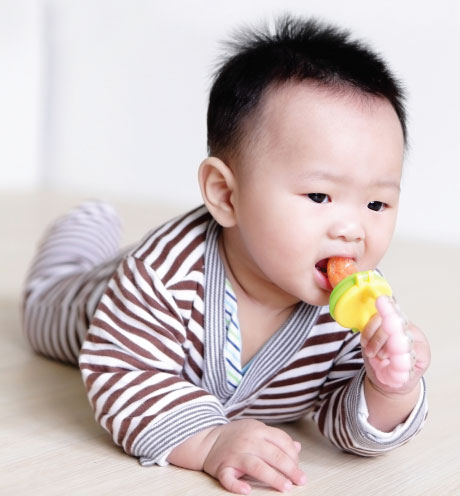


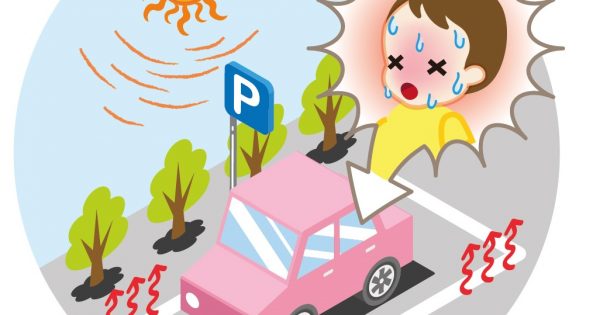


Comments